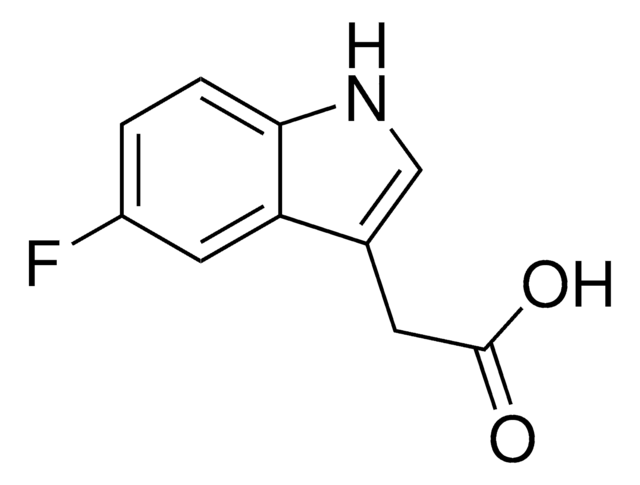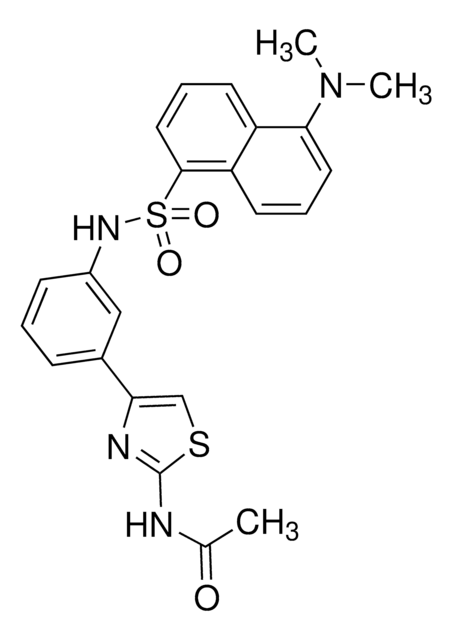G5048
Geranylgeranylacetone
Synonym(s):
6,10,14,18-Tetramethyl-5,9,13,17-nonadecatetraen-2-one, mixture of (5E,9E,13E) and (5Z,9E,13E) isomers, GGA, Selbex, Teprenone, UNII-S8S8451A4O
About This Item
Recommended Products
assay
≥98% (HPLC)
form
oil
storage condition
protect from light
color
clear
solubility
DMSO: >5 mg/mL
storage temp.
−20°C
SMILES string
C\C(C)=C\CC\C(C)=C\CC\C(C)=C\CC\C(C)=C\CCC(C)=O
InChI
1S/C23H38O/c1-19(2)11-7-12-20(3)13-8-14-21(4)15-9-16-22(5)17-10-18-23(6)24/h11,13,15,17H,7-10,12,14,16,18H2,1-6H3/b20-13+,21-15+,22-17+
InChI key
HUCXKZBETONXFO-NJFMWZAGSA-N
Application
Biochem/physiol Actions
Storage Class
10 - Combustible liquids
wgk_germany
WGK 3
flash_point_f
Not applicable
flash_point_c
Not applicable
Certificates of Analysis (COA)
Search for Certificates of Analysis (COA) by entering the products Lot/Batch Number. Lot and Batch Numbers can be found on a product’s label following the words ‘Lot’ or ‘Batch’.
Already Own This Product?
Find documentation for the products that you have recently purchased in the Document Library.
Our team of scientists has experience in all areas of research including Life Science, Material Science, Chemical Synthesis, Chromatography, Analytical and many others.
Contact Technical Service







